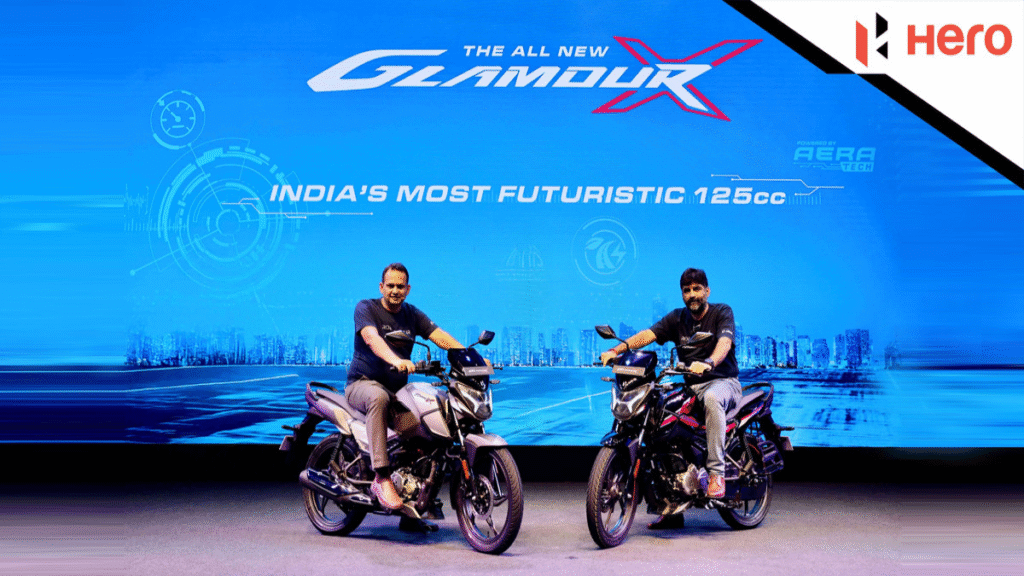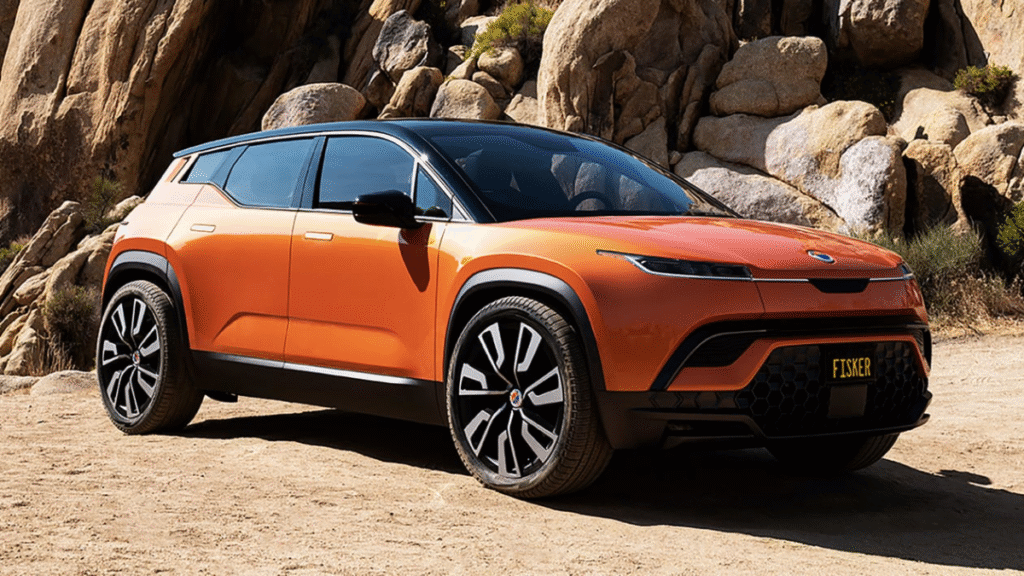Now Reading: Hyundai’s SUV Offensive: Next-Gen Creta and the All-New Ni1i SUV Set to Reshape the Indian Market
-
01
Hyundai’s SUV Offensive: Next-Gen Creta and the All-New Ni1i SUV Set to Reshape the Indian Market
Hyundai’s SUV Offensive: Next-Gen Creta and the All-New Ni1i SUV Set to Reshape the Indian Market

Hyundai is gearing up for a significant expansion of its SUV lineup in India, with the highly anticipated next-generation Creta and an entirely new premium three-row SUV, codenamed “Ni1i,” poised to hit the market in the coming years. This strategic move underscores Hyundai’s commitment to solidify its dominance in the burgeoning SUV segment, offering a diverse range of options from compact to premium, and crucially, embracing hybrid technology.
The Evolution of a Champion: Next-Generation Hyundai Creta (Codenamed SX3)
The Hyundai Creta has long been a sales powerhouse in the mid-size SUV segment, and its next iteration, internally codenamed SX3, is set to arrive with a comprehensive overhaul. While a significant facelift was introduced in early 2024, a full-model change for the next-gen Creta is expected around 2027.
Design and Features: The next-generation Creta is anticipated to feature a complete, ground-up redesign, moving beyond minor tweaks. While specific details are still under wraps, expect a more striking and futuristic aesthetic, aligning with Hyundai’s evolving global design language. The interior is also slated for a major transformation, likely incorporating a larger touchscreen infotainment system with advanced connected car technology, a new digital instrument cluster, over-the-air (OTA) updates, ventilated front seats, dual-zone automatic climate control, and a panoramic sunroof. Safety will remain a paramount focus, with expectations of an enhanced Level 2 ADAS (Advanced Driver-Assistance Systems) suite and a robust body structure utilizing advanced and high-strength steel.
Powertrain Innovation: A significant highlight of the next-gen Creta will be the likely introduction of a strong hybrid petrol system. This is a crucial step for Hyundai in India, aiming to offer improved fuel efficiency and potentially a slight boost in performance. While the existing range of 1.5-litre naturally aspirated petrol, 1.5-litre turbo-petrol, and 1.5-litre diesel engines with their respective gearbox choices are expected to be carried over, the hybrid variant will provide a compelling greener alternative. The hybrid system is speculated to be a 1.5-litre petrol engine paired with an electric motor, drawing energy from a sizeable battery unit.
Market Positioning: The current Creta already offers a compelling package, and the next-gen model will aim to build on this success, ensuring it remains a top choice for buyers in the fiercely competitive mid-size SUV space. Its introduction of hybrid technology will directly pit it against rivals like the Maruti Grand Vitara and Toyota Hyryder, and the upcoming hybrid versions of the Kia Seltos and Renault Duster.
A New Premium Contender: The Hyundai Ni1i SUV
Beyond the Creta, Hyundai is set to introduce an all-new premium three-row SUV, internally codenamed “Ni1i.” This model is strategically positioned to fill the gap between the Alcazar and the Tucson in Hyundai’s Indian portfolio, targeting the lucrative seven-seater SUV market. Its launch is anticipated around 2026-2027.
Dimensions and Design: The Ni1i is expected to be a substantial vehicle, potentially based on the long-wheelbase (LWB) version of the Tucson sold in China, which measures approximately 4.68 meters in length. This extended design will translate into generous cabin space, especially for the third-row passengers, making it a comfortable family hauler. While design specifics are yet to be fully revealed, it’s expected to carry a bold and sophisticated aesthetic, drawing cues from Hyundai’s global SUV lineup.
Powertrain and Performance: The Ni1i is projected to debut with a strong hybrid powertrain, marking it as Hyundai’s first SUV in India to incorporate this technology from the outset. This hybrid system is likely to combine a 1.5-litre naturally aspirated petrol engine with an electric motor and a larger battery pack. Early reports suggest a combined output in the range of 180-200 horsepower and an impressive fuel efficiency of around 20-22 km/l. Traditional petrol and diesel engine options are also likely to be offered.
Interior and Technology: As a premium offering, the Ni1i will boast a luxurious and tech-laden interior. Expect a 10.25-inch touchscreen infotainment system with wireless Apple CarPlay and Android Auto, a 12.3-inch fully digital instrument cluster, Level 2 ADAS features for enhanced safety, and comfortable seating for seven, with the possibility of captain seats in the second row for a six-seater configuration. Three-zone automatic climate control and high-quality materials will further elevate the cabin experience.
Market Competition: Upon its launch, the Hyundai Ni1i will directly challenge established players in the premium three-row SUV segment, including the Mahindra XUV700, Tata Safari, and MG Hector Plus. Its focus on hybrid technology will also give it an edge in the growing demand for fuel-efficient and environmentally conscious vehicles.
Hyundai’s Hybrid Future in India
The introduction of hybrid powertrains in both the next-generation Creta and the all-new Ni1i SUV signifies a clear strategic shift for Hyundai in India. As emission norms tighten and consumer preferences lean towards more fuel-efficient and sustainable mobility solutions, hybrids offer a practical bridge between traditional internal combustion engines and full electric vehicles. Hyundai’s aggressive product roadmap, including 26 new launches over the next five fiscal years (a mix of ICE, hybrid, and EVs), demonstrates its ambition to not only maintain but significantly grow its market share in the dynamic Indian automotive landscape. The upcoming Creta and Ni1i are set to be pivotal models in this journey, promising a blend of cutting-edge design, advanced features, and efficient powertrains for the discerning Indian consumer.










